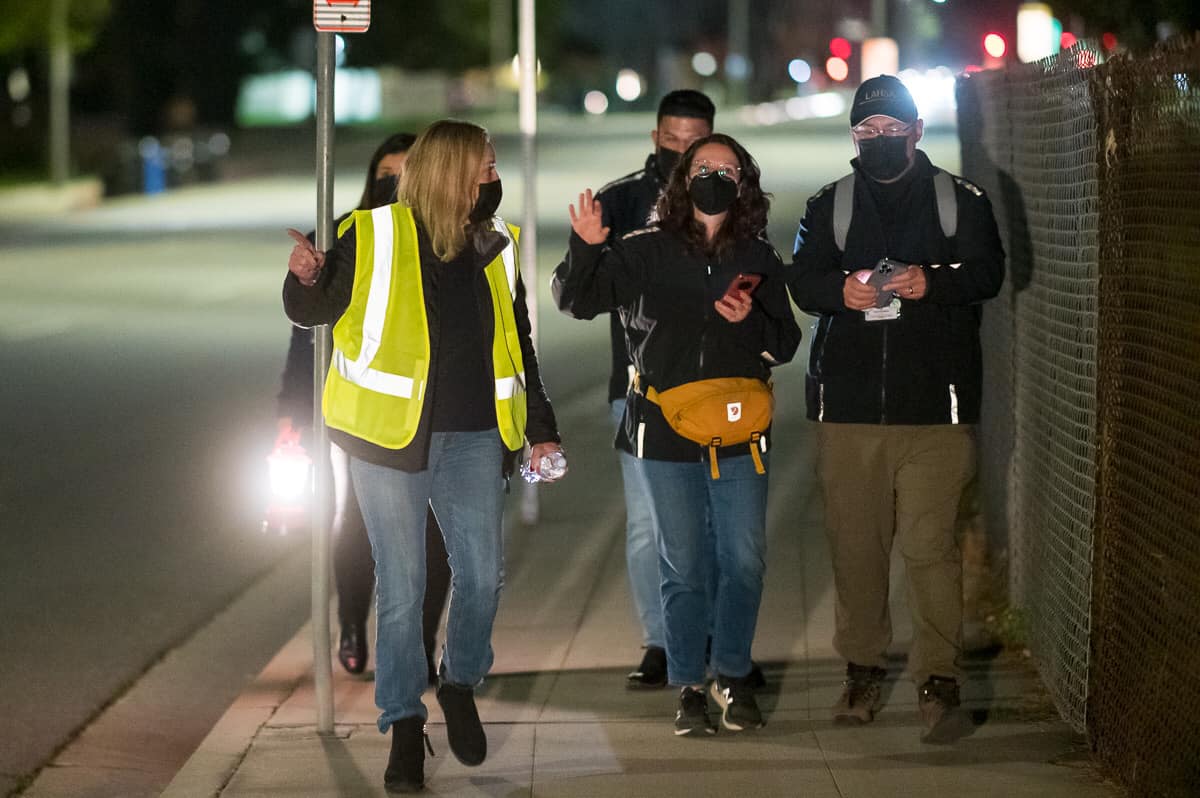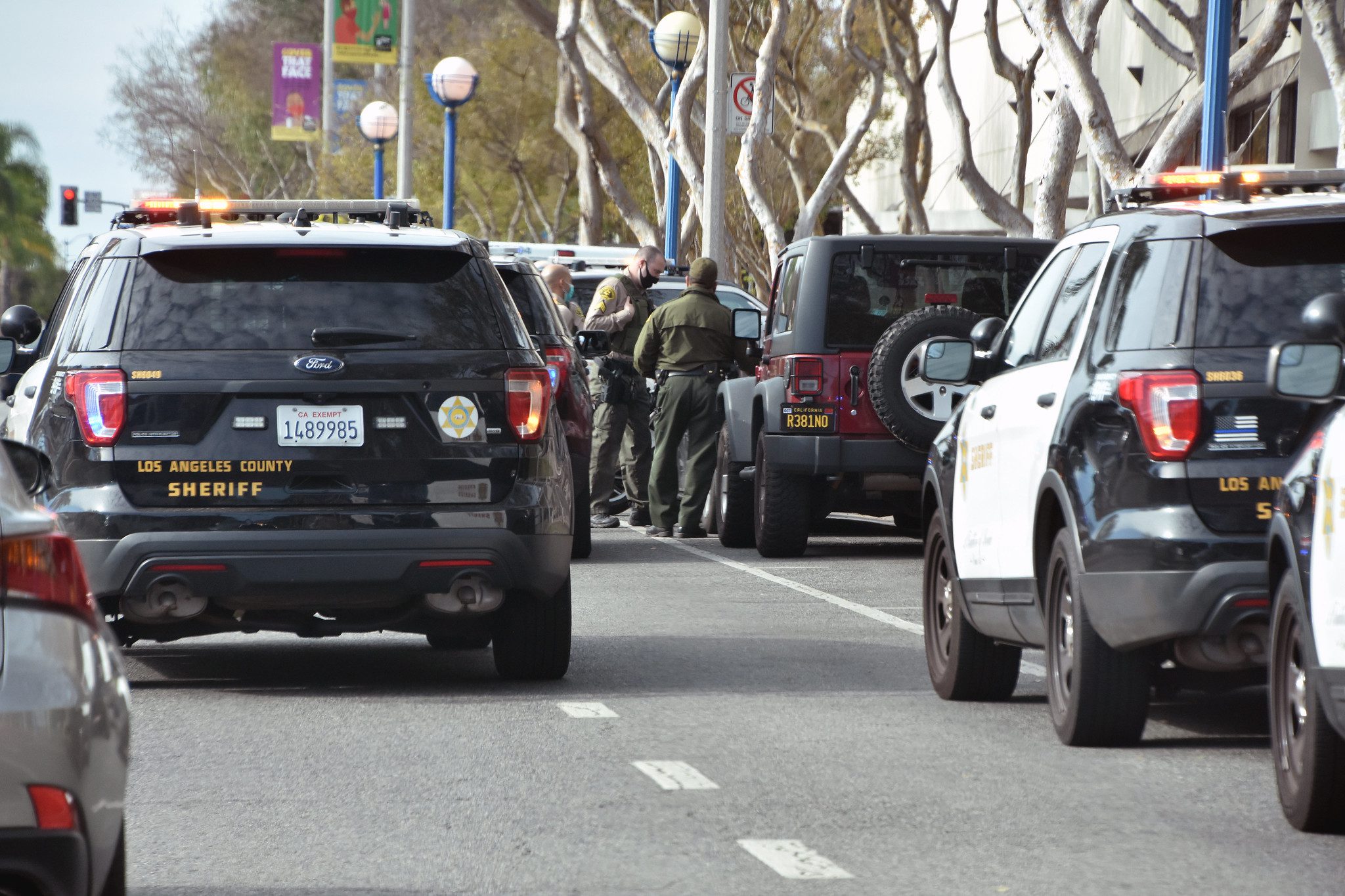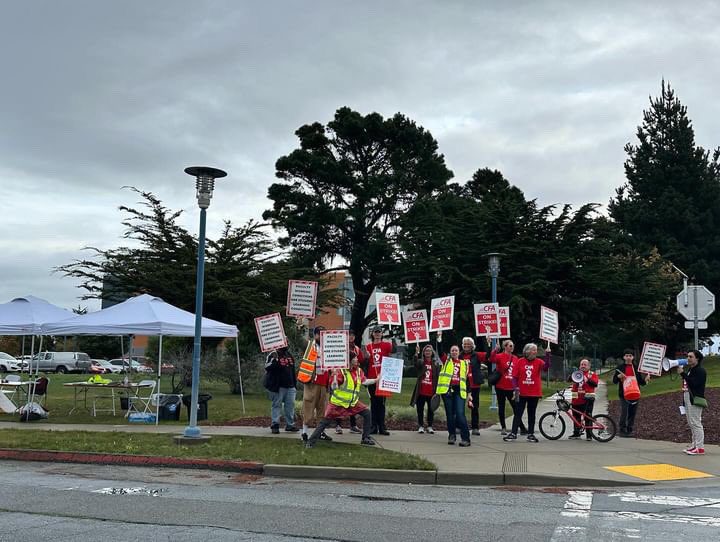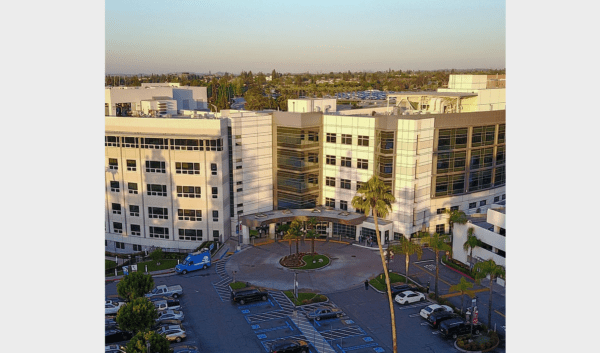Following a six-month renaming contest that garnered more than 1,110 submissions and some 4,500 votes from southeast residents of Los Angeles County, Metro officials Monday unveiled the new name for the future transit line that will connect Vernon to Artesia.
Formerly known as the West Santa Ana Branch, the 14.5-mile light rail project was renamed as the Southeast Gateway Line and it’s expected to open in 2035. Metro undertook the task of renaming the project because the previous one caused confusion, as well as that it did not accurately reflect the people and cities the line will eventually serve.
“For far too long, this project had a terrible name,” LA County Supervisor Janice Hahn, and a member of Metro’s Board of Directors, said during a news conference Monday morning. “The West Santa Santa Ana Branch … has confused people for years.”
The previous name had just stuck, Metro officials noted.
It had originated from an old transit corridor in the 1960’s used by the Pacific Electric rail company that provided service from downtown LA to Watts, with a line turn southeast to a terminal station in the city of Santa Ana in Orange County.
Hahn added, “The rail line isn’t going to Santa Ana. It’s east of most of the county, not even west. I believe this terrible name has held this project back and prevented it from not only getting the attention and support it needs from residents, but the funding that it needs from Sacramento and Washington, D.C.”
Hahn said the Southeast Gateway Line will be an economic boon for businesses, create thousands of construction jobs, and change the lives of residents who live and work along the line.
“Nearly half of the residents in these neighborhoods that will be served by this line live below the poverty line, and one in five people are transit dependent,” Hahn said. “These people are transit dependent, and they have wanted and hoped, and deserve good transportation alternatives in their communities.”
Bellflower Mayor Dan Koops said that as they go about celebrating the new name of the project it’s also important to remember the roots and where it all started — how the area was a mission outpost, of sorts, and people could commute from Bellflower to work in Los Angeles, or all the way in Santa Ana.
Rep. Robert Garcia, D-Long Beach, whose 42nd Congressional District includes Bellflower and other southeast cities, described the transit line as one of the “most important projects” in the county. The transit line will ensure there’s economic stability and growth for the region, he added.
He also agreed with Hahn in that the previous name was doing it an injustice.
“When we were in (Washington) D.C. talking about the line, people would think it was in Orange County,” Garcia said. “So, it really was confusing for folks to kind of understand where the line was. Lastly, I’ll just say that this project is not going to get built without significant federal funding.”
Metro Deputy CEO Sharon Gookin highlighted that the project will be the agency’s largest light rail that will serve more than a million people in the gateway cities. She emphasized a need for the transit agency to continue working with the cities the line will service.
LA County voters have contributed to the project about $4 billion through Measure M, a half-cent sales tax that voters approved in 2016. Gookin added current funding puts Metro in a good position to be competitive for state and federal grants.
In the coming months, the Board of Directors will take steps to certify the project’s environmental document to prepare the line for the next phase of engineering. Metro will engage with the state and Biden administration in attempts to secure more funding.
“This project is Metro’s top priority for federal funding. It’s our board’s top priority, and it’s a huge priority for the million plus people who call the gateway cities home,” Gookin said.
Names for the project that were not chosen include the Esperanza Line, the Tongva Line and the Pioneer Line. Though not selected, Hahn had thrown out the idea that those names may be used for the stations built across the line.
Ultimately, Metro will partner with cities where stations will be built to select the names for those stations.







